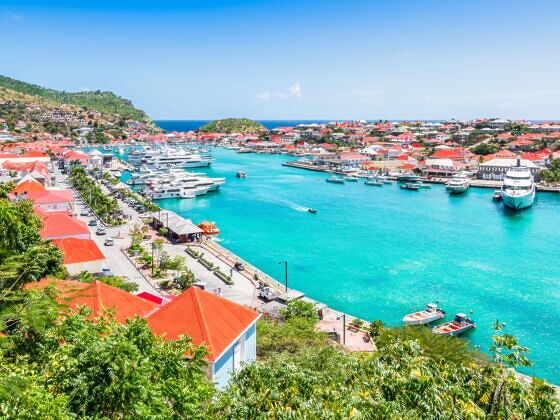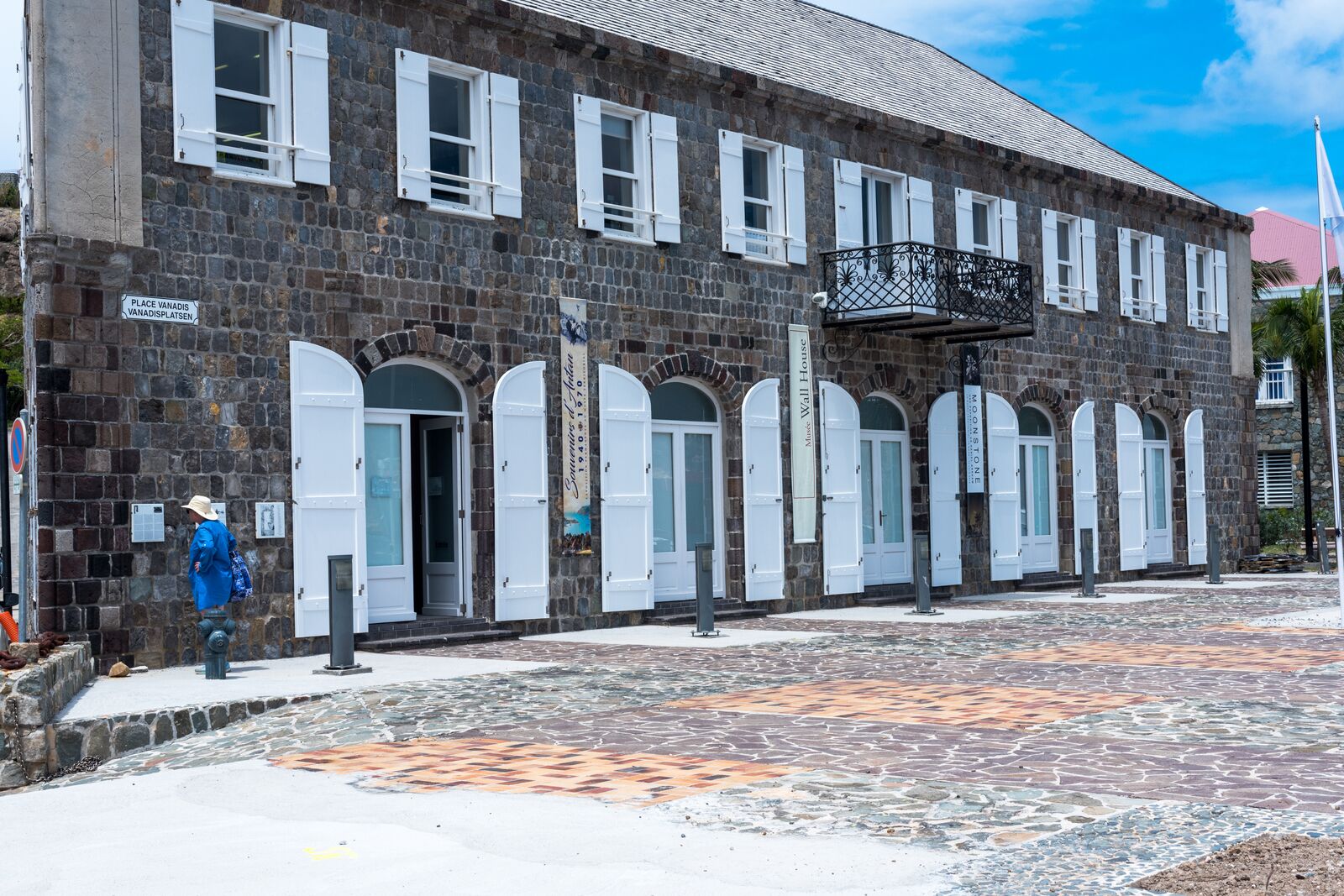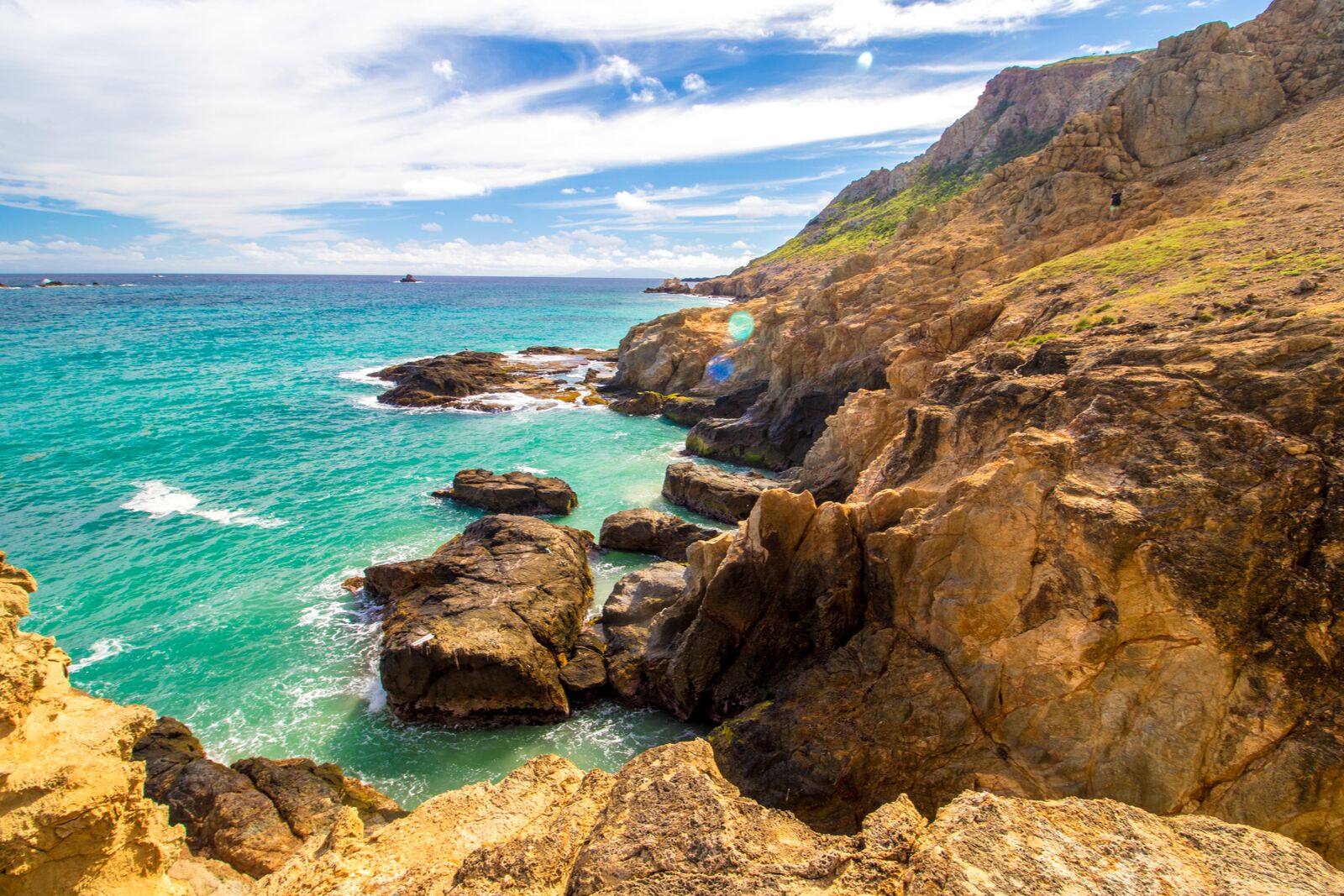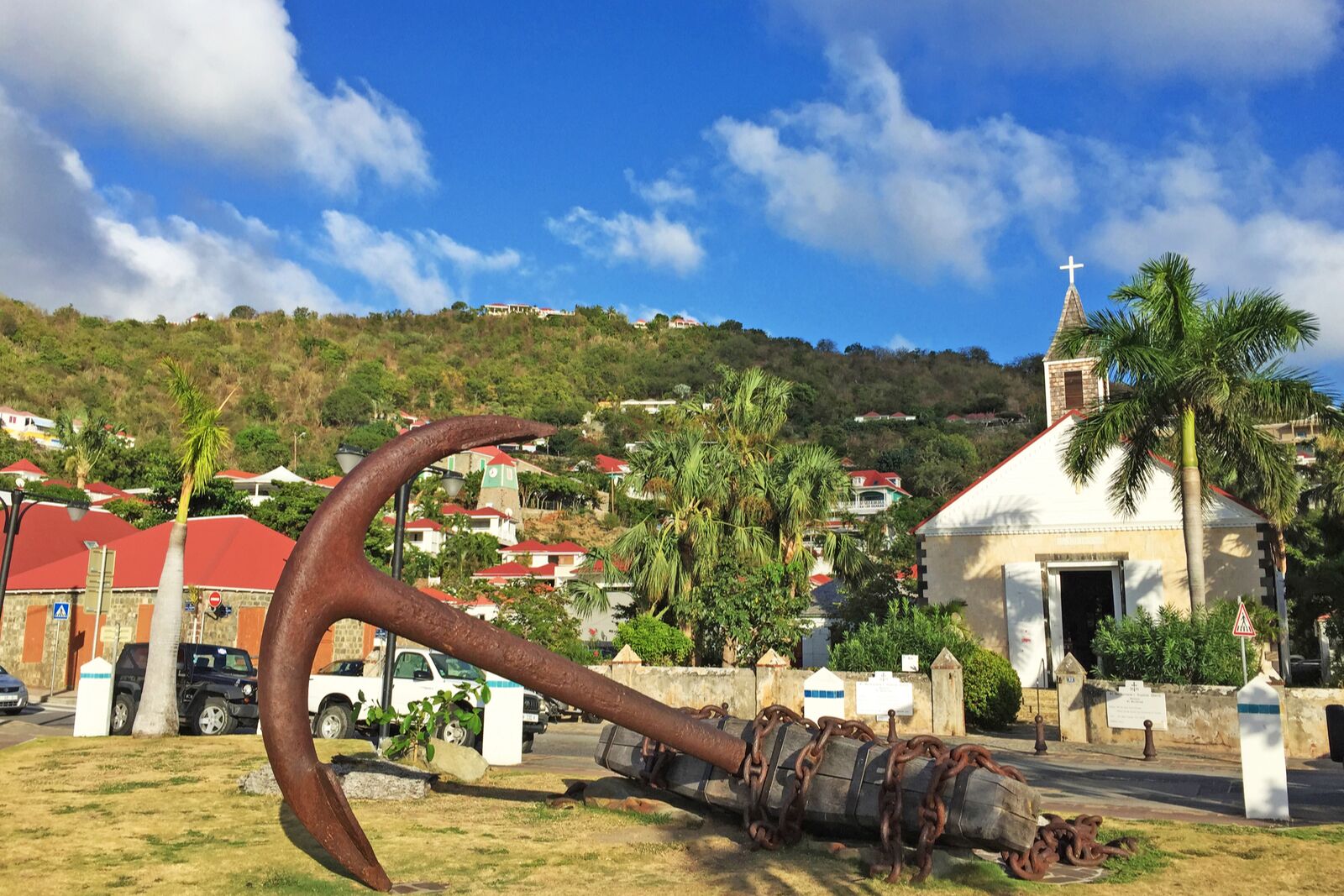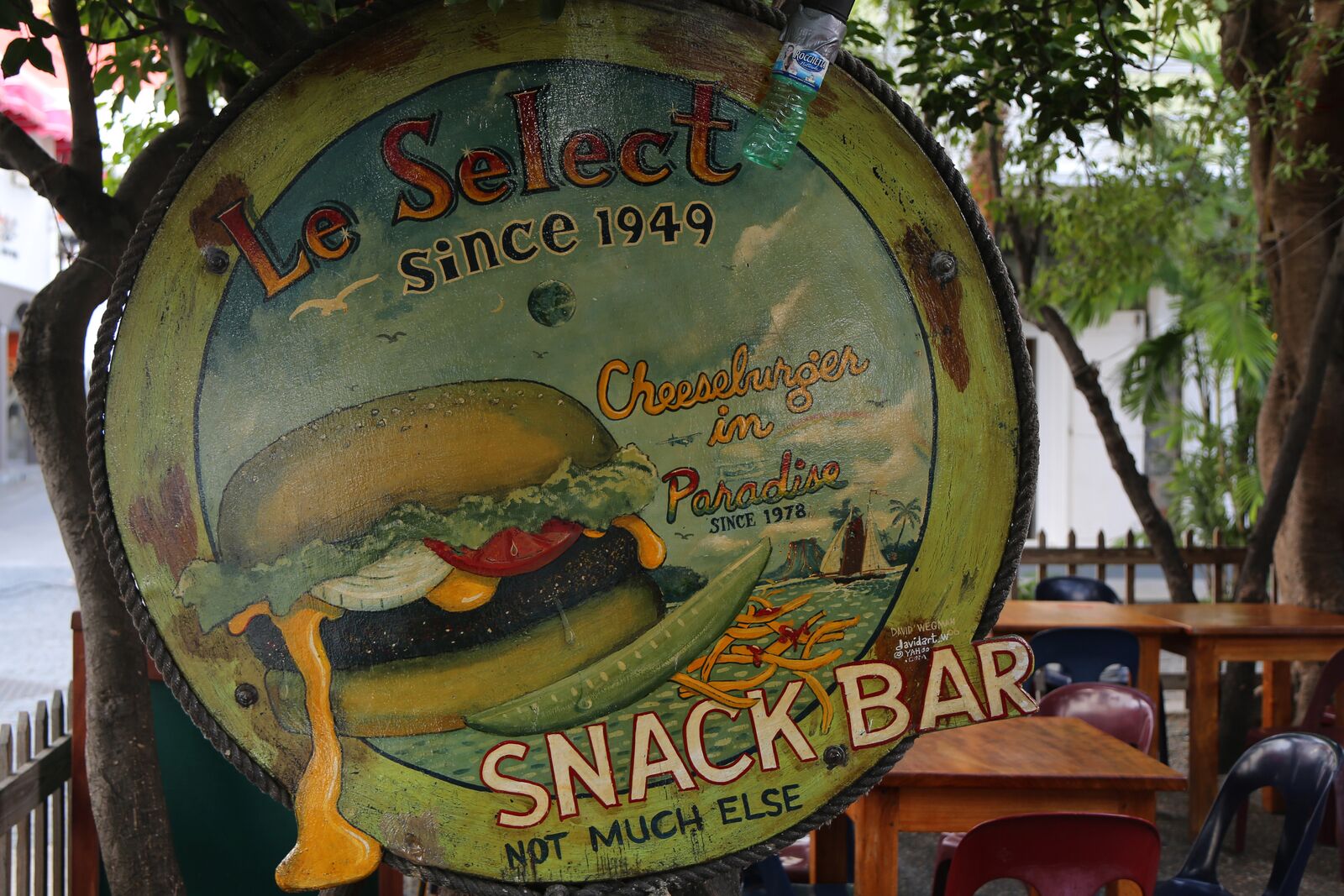Ending any statement with the words “in St. Barts” immediately makes life sound much more appealing and less mundane.
“How was your summer, Jim?”
“Oh fine, I spent it cleaning sewers and mining salt…in St. Barts.”
“Ooooh…St Barts! Look at you!”
The island has an exclusive allure, yes, but many wouldn’t know much about it outside of its occasional mention in pop music lyrics. So, it remains a mysterious oasis of sorts. Picture Puerto Rico, and you’ll conjure up images of grand colonial architecture and salsa dancing until dawn. Say “Turks and Caicos,” and your mind is a wash of turquoise crisp, blue water, and pink sandy beaches.
